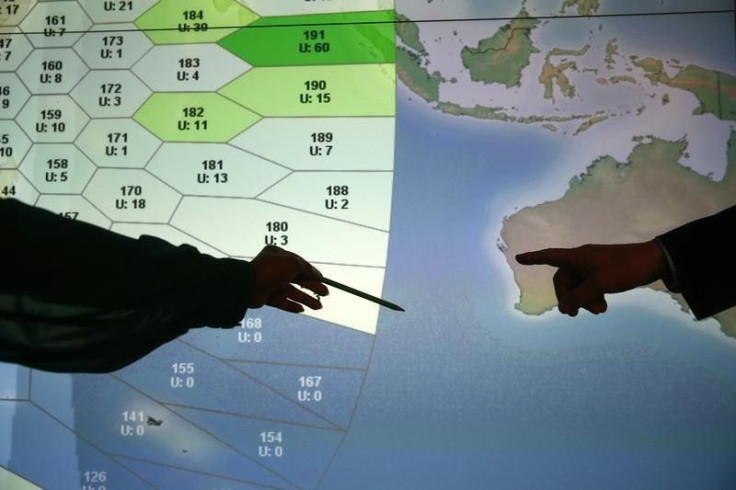Missing Malaysian Airlines Flight MH370: Australian Researchers Discover Low-Frequency Sound ‘Likely’ to Reveal ‘Origin of Crash’

Australian researchers revealed an underwater audio clip on Wednesday, June 4 that could possibly reveal critical data related to the missing Malaysian Airlines flight MH370.
Researchers at Curtin University near Perth have been reviewing records captured by underwater listening devices, CNN reported. Some of the devices are kept underwater to monitor signs of nuclear explosions underwater. The university researchers have also been studying the recordings for helping the hunt of the plane which disappeared mysteriously on March 8, 2014.
Alec Duncan is involved with the research at the university's Centre for Marine Science and Technology. The ultra-low frequency sounds have been analysed for weeks to understand if they were related to "the impact of the aircraft on the water or the implosion of parts of the aircraft as it sank." "One signal has been detected on several receivers that could be related to the crash," Duncan said, "But the source of the noise is just as likely to be a natural event." However, he said that the sound presently appeared "to be inconsistent with other data about the aircraft position." Under favourable circumstances, low frequency signals are capable of moving thousands of miles underwater at around 1 mile per second speed.
The reason, why the researchers have their share of doubt about how related the sound is to the missing flight, is that the source of the sound is thousands of miles away from the search area in the Indian Ocean. However, the source of the sound is still unknown. According to Duncan, the team has come up with an "uncertainty box" which is 2,485 mile long and around 186 mile wide. The centre of the box is to the south of the tip of India.
It has been almost three months since the flight disappeared but there is no trace of the flight in spite of an extensive search. The Independent reported that the next phase of the search might take one more year, according to the Australian Transport Safety Bureau documents.
Contact the writer: s.mukhopadhyay@ibtimes.com.au





















